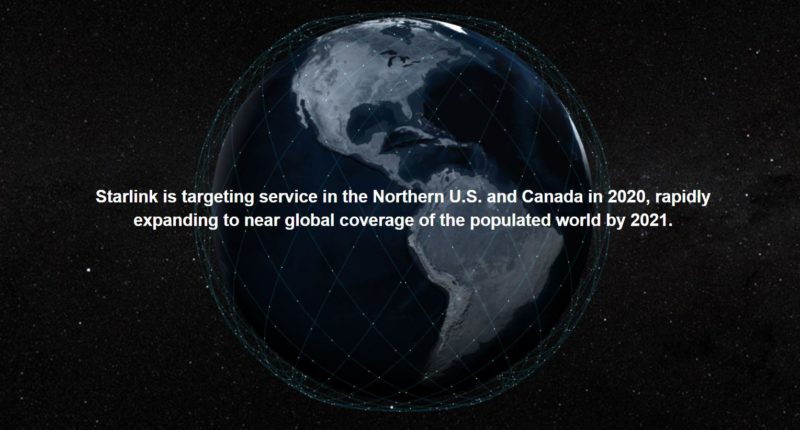SpaceX has been hustling to build the world’s first ever global, high bandwidth, low latency Internet service, sending about 538 satellites in Earth’s orbit so far. The project, though fulfilling, is very expensive, and has put a dent in the multibillion dollar company’s budget. Thus, any financial help is welcome, and FCC’s $16 billion grant is just that help. However, to qualify for the investment, SpaceX has to prove that it can provide low latency Internet within the next month.
The investment, which can be availed by any company seeking to establish internet facilities in rural areas, has a low latency clause. SpaceX’s Starlink fits perfectly in that portfolio. Starlink is being marketed as a high bandwidth, low latency internet that will provide global coverage. However, full operability is still way down the road for the company, and SpaceX would need to work to demonstrate its capabilities.
Nonetheless, the company stands a good chance of securing the grant. The FCC demands that any company applying for the investment must demonstrate latency under 100 milliseconds. SpaceX on the other hand says that it’s aiming to keep its latency under 20 milliseconds, which is even lower than some of the traditional terrestrial cable-backed bandwidth networks we have today.
Interestingly, FCC would like to disagree on that. FCC says that it has serious doubts that SpaceX would be able to achieve this task, which is as surprising as it is disappointing. If the company is unable to any of the demands, it will still be able to apply for federal funds, just outside of the low latency category. This can cut the amount of funcing by a huge margin.
The report states that while Starlink and other Low Earth Orbit (LOE) providers have advantage over traditional Geostationary satellites, it still doubts any low Earth orbiting satellites would be able to achieve the low latency demands of the federal funding.
The FCC has issued a report on the 1st phase of the grant allocation, which is just an advance notice for the actual funding, which will be allocated on October 29, 2020. However, the companies need to submit their applications by July 15, if they want to qualify for it, exactly one month for now.
The Tech Portal is published by Blue Box Media Private Limited. Our investors have no influence over our reporting. Read our full Ownership and Funding Disclosure →






